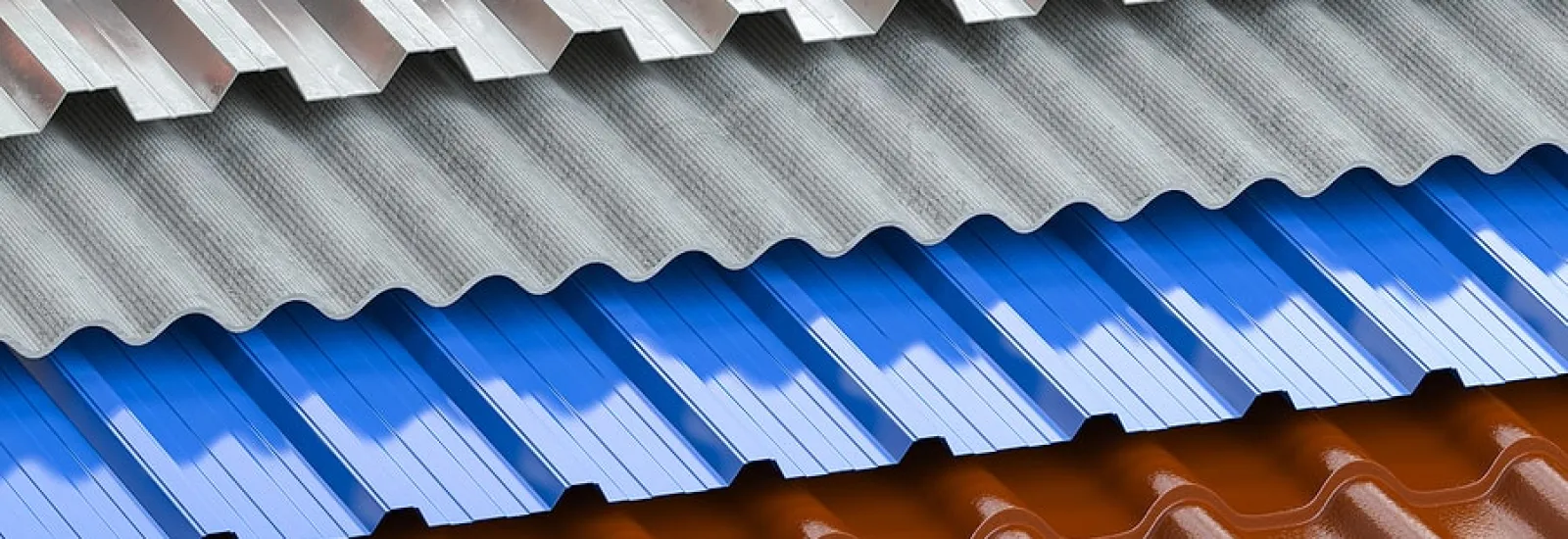Shingle roofs are the most widely used roof types due to their longevity and cost-effectiveness. There are various types of roof shingles that all differ in strengths and weaknesses. While the most popular shingle options might be asphalt shingles, you also have metal roof shingles, clay shingles and several other options. Here are the advantages and disadvantages of some of the most popular types of shingles.
Asphalt Shingles (Three-Tab Shingles)
Asphalt shingles are often recommended as the best roof shingles for the average homeowner looking for an affordable option. Despite its low cost compared to other different types of shingles, it still provides reasonable protection against the elements. The two main styles of asphalt shingles are architectural shingles and three-tab shingles. The three-tab style is more traditional and features tabs of equal size. They are susceptible to cracking in warm and cold weather since they expand and contract when the temperature fluctuates. Their lifespan ranges between 15 and 25 years, which is significantly less than other choices. They are manufactured using fossil fuels and aren't very recyclable, making them one of the least environmentally friendly options.
Asphalt Shingles (Architectural or Dimensional Shingles)
Architectural shingles are the better option between the two, offering superior protection and a more aesthetic look. Their superiority also factors into their pricing, with higher costs; however, you'll pay less in the long term since they last longer and require fewer expensive repairs. Asphalt shingles are also easy to install and replace, although, for full roof installations, it's best to leave it up to the professionals.
Metal Shingles
While metal shingles can mimic virtually any type of roofing, clay tile, shingle, slate or cedar shakes, there are two basic types of metal shingles: galvanized steel coated with a protective metallic finish or metal coated with stone granules applied to the surface, referred to as stone-coated steel. Specialty shingles are also available that mimic the appearance of copper or zinc roofs. While metal shingles are more expensive than asphalt shingles, they are less expensive than traditional standing seam metal roofs. Although they are less expensive, metal shingles share the longevity of traditional metal roofs and can last 30 years or longer. Additionally, it is resistant to fire, pests, mold and mildew.
Clay or Concrete (Tile Roofing)
Another popular option, especially for houses in Florida and the Southwest, is concrete or clay tile shingles, which are often barrel-shaped and scalloped to create an iconic look. They are also available in flat variations which mimic slate roofing. They are often used in hot climates because it reflects sunlight more than asphalt. They are also more resistant to wind, which makes them ideal for potential storm zones; however, the materials can be a great deal heavier than other roofs, which is why many installers will ensure that the building in question can support the installation. For this reason, it's generally a bad idea to try to replace clay tile on your own. This Spanish-style house roofing typically lasts around 20 years.
Other Options
Of course, these are by far the most common types of roof shingles, but there are many other types. For instance, composite shingles are made out of a mixture of plastic and rubber material. Wood shingles (or "wood shake") are commonly made from cedar, pine, cypress and redwood. They provide a beautiful natural roof look but have a pretty outlandish cost. Finally, stone shingles like slate can be classy and long-lasting, but also quite expensive. Slate and wood material roofs are not recommended for use in Florida due to their lack of weather resistance.
If you're seriously considering the different types of roof shingles you can choose from, then before you go searching for "roof shingles near me," contact us. We'll have a conversation with you about which type of shingle your home in Florida might need.
